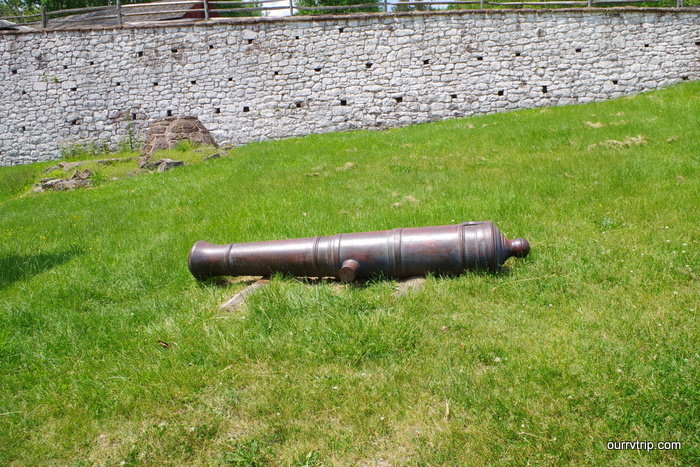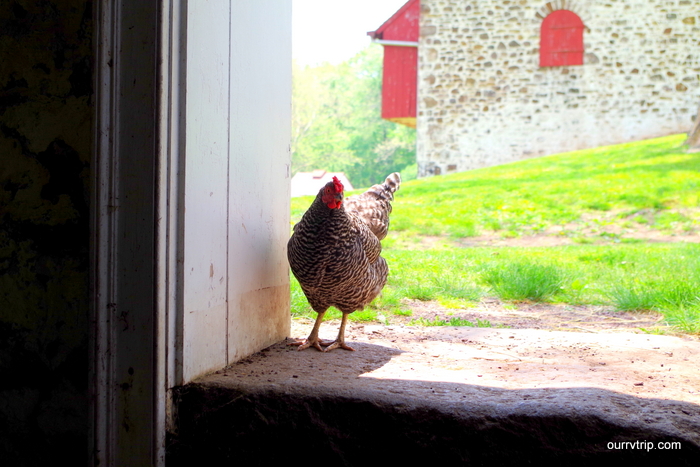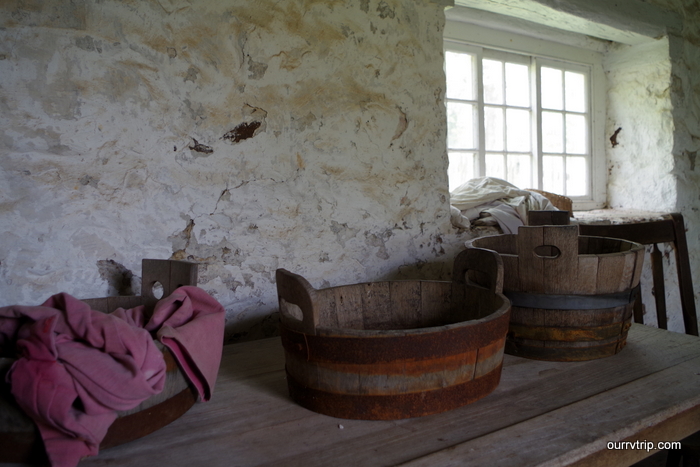Hopewell Furnace
Hopewell Furnace National Historic Site

Mark Bird built Hopewell Furnace in 1771.
At the beginning of the Revolutionary War, American furnaces, forges, and mills were making around one-seventh of the world’s iron works.
During the Revolutionary War, Hopewell played a critical role in supplying the new nation’s army with weapons. George Washington chose the Valley Forge location in part because of its location to Hopewell.

It took an acre of woodlands to make enough charcoal to run an iron furnace for just one day. At Hopewell, they made their own charcoal.
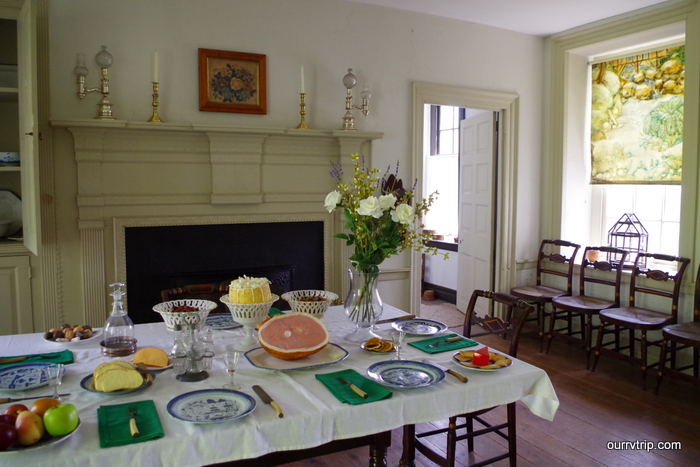
There are several buildings on the property that are open for viewing to show what life was like at Hopewell while it was running.
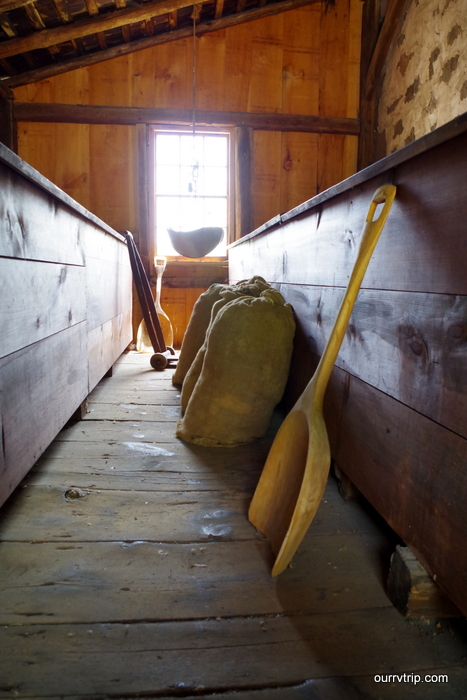
The barn held up to 36 horses along with a year’s worth of feed.
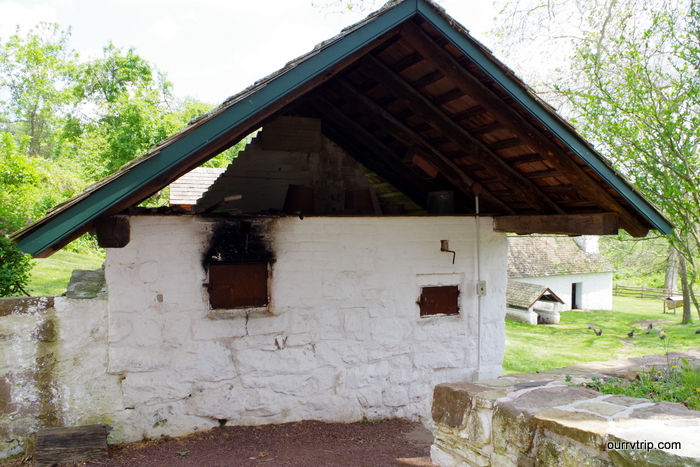
Saturdays were baking days in rural America. They used wood fired ovens like the one above. They would test the heat by sticking their arm in and count the seconds they could leave it in. The number they get to told them if it was too hot or not hot enough for certain breads and pies.
One of the neat things about Hopewell, is that the animals that would have been at Hopewell while it was running are still running around today.
One of the buildings you can wander through is the wash building. I’m so glad we don’t have to do laundry that way anymore!
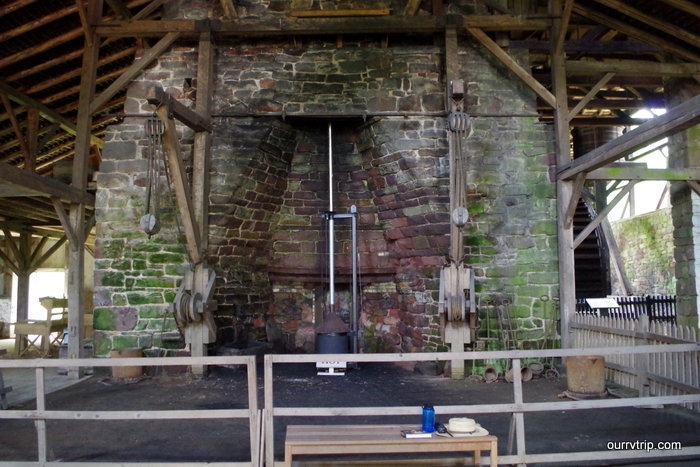
And, of course, there’s the furnace! I couldn’t get a great shot of it, but it’s huge. The temperature inside the furnace would reach temps of 2,600°- 3,000° F and it would run 24 hours a day. Workers would constantly feed it, watched it’s flame, and listened to the sound of the its blast to make sure it was staying hot enough.
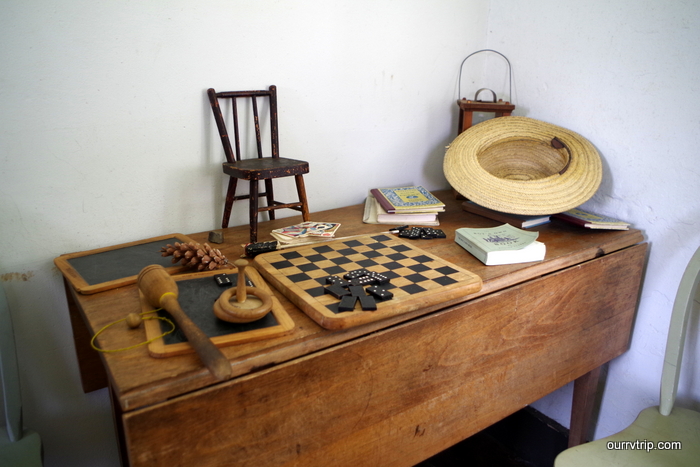
Hopewell was ahead of its time. People worked the same jobs for the same wages no matter what gender or color they were. Some workers with families rented company tenant houses.
We had a great time walking around Hopewell and learning about early American iron working communities!
See y’all down the road!
#easternloop2016

